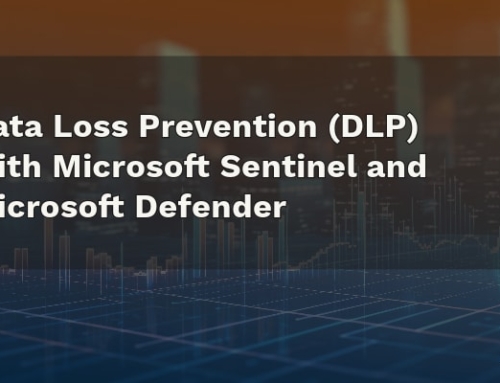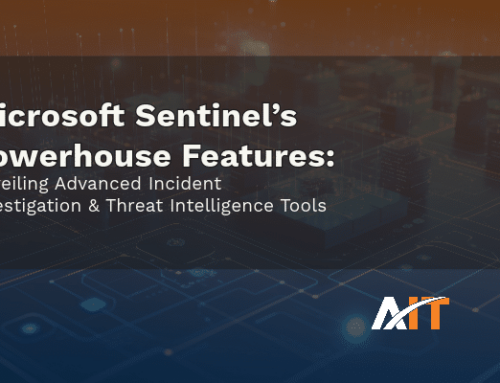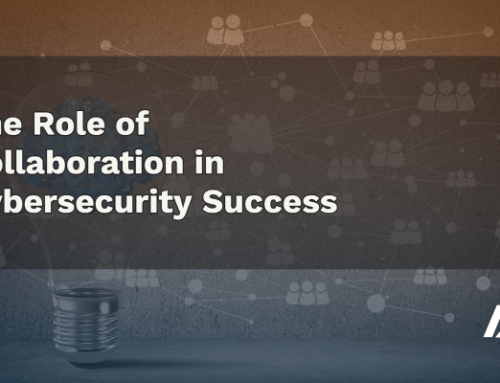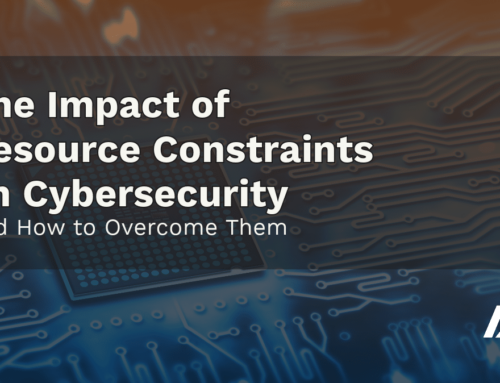As the role of the Chief Information Security Officer (CISO) gains prominence, striking a balance between security and productivity becomes more intricate. Businesses must operate efficiently, but at the same time, rising concerns about cybersecurity for businesses can’t be ignored. Cybersecurity incidents can drastically harm an organization’s reputation, leading to data loss, decreased revenue, and dwindling customer trust.
In this blog post, we’ll explore strategies that CISOs can use to ensure operational efficiency while enforcing stringent security protocols. Moreover, we’ll highlight real-world examples showcasing this equilibrium.
Develop a Comprehensive Security Strategy
Striking a balance between security and productivity stands as one of the most daunting tasks for any CISO. While you want your organization to innovate and expand, leaving it vulnerable to security threats isn’t an option.
Therefore, creating a holistic security strategy is imperative. Such a strategy should span risk assessments, response plans, and clear communication blueprints that delegate security duties across the organization.
By being proactive about security, you can allocate resources wisely, prioritize assets, and ensure that security initiatives align with your business goals. With a robust strategy, you can confidently protect your organization while facilitating its growth.
Implement Security Awareness Training Programs
With cyber threats evolving rapidly, organizations must stay one step ahead to mitigate risks. Yet, excessively rigid security measures can hamper productivity. This balance is precisely where security awareness training programs play a pivotal role.
Educating every member of the organization about security protocols transforms them into a first line of defense against cyber onslaughts. Such programs can incorporate simulated phishing attempts, techniques to counteract social engineering, and campaigns that emphasize the sanctity of sensitive data.
Ultimately, a thorough security awareness initiative fosters a security-conscious culture, ensuring collective responsibility for the organization’s safety.
Leverage Automation Technologies
Automation tools, especially AI and ML, hold the potential to enhance security operations dramatically. By embracing automation, CISOs can pinpoint vulnerabilities, monitor looming threats, and counter incidents in real-time, thus slashing detection and response times.
Boost Collaboration and Communication
To thrive, CISOs need to foster a collaborative, communicative, and trust-filled environment. Such a culture should permeate every department, making everyone accountable for security. Miscommunications can breed confusion and discord, creating rifts between teams.
Prioritizing transparency, teamwork, and open dialogue guarantees alignment on security risks and priorities.
Conduct Regular Audits and Testing
Regularly auditing and testing your security measures is non-negotiable. Routine tests can unearth vulnerabilities in your security fabric, ensuring active enforcement of security controls.
CISOs can harness this data to proactively bolster their security, diminishing the chances of a cyber breach.
Wrapping Things Up
For today’s CISOs, balancing security and productivity is akin to walking a tightrope. Recall the 2012 cyber debacle that engulfed Target. Since then, Target has redoubled its efforts, launching an employee security awareness program. This initiative educates staff about threats like malware and phishing.
Similarly, Microsoft exemplifies the perfect blend of security and efficiency. They rolled out a device management system that governs file-sharing among employees. This system ensures only authorized personnel access specific files, bolstering security yet ensuring smooth day-to-day operations.
If your business seeks innovative solutions for information protection, don’t hesitate – reach out to AccountabilIT today!





